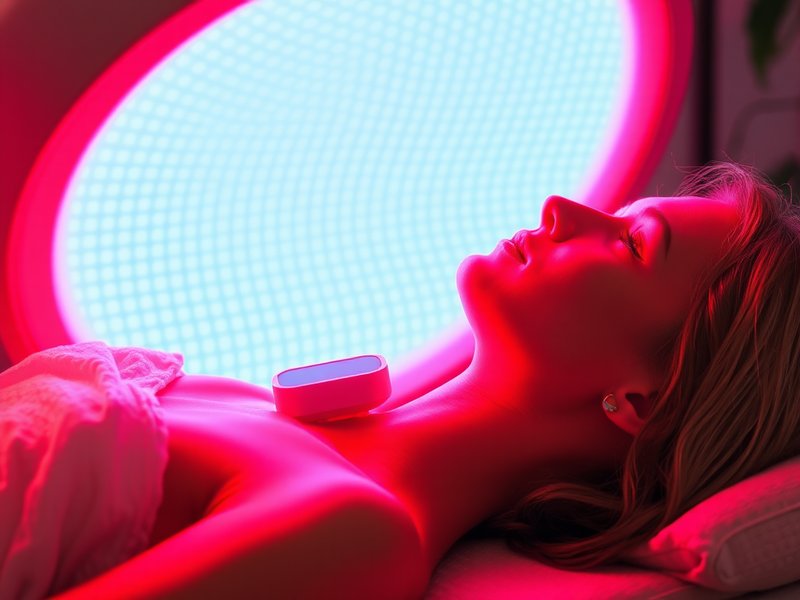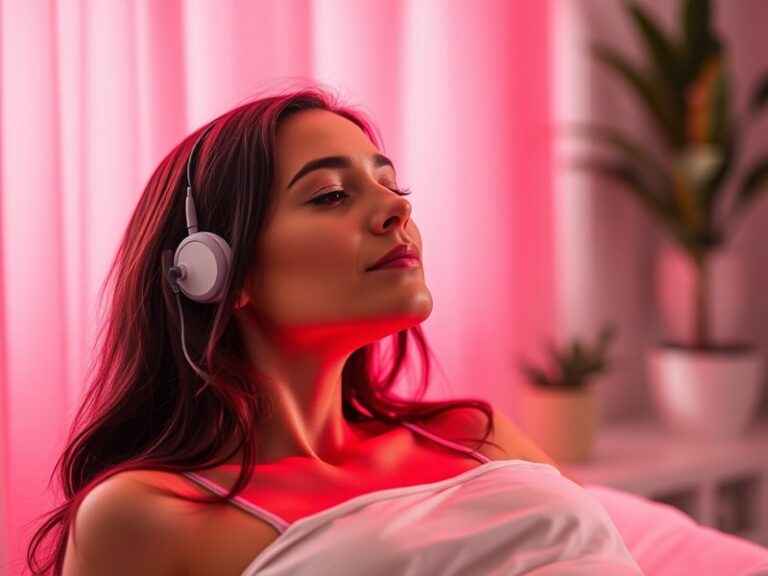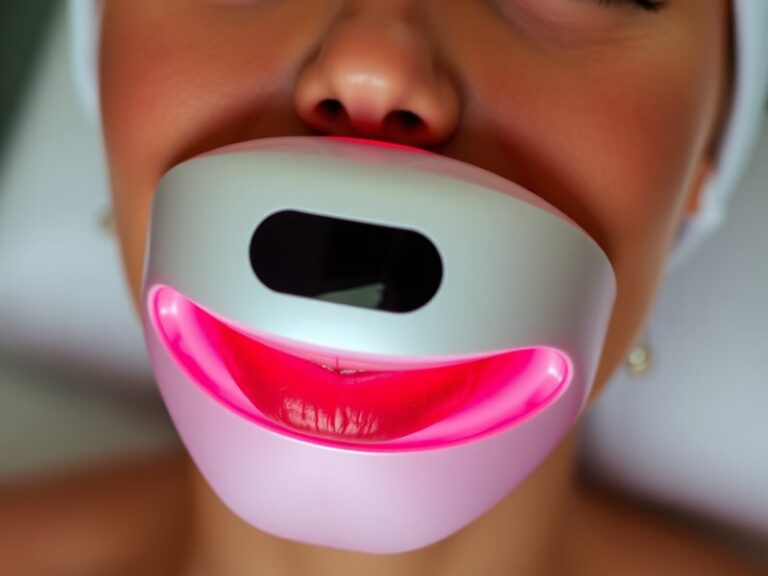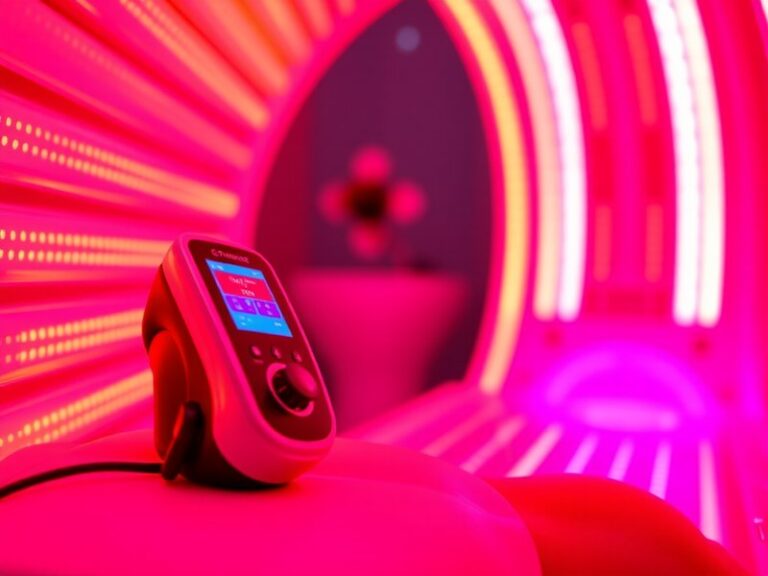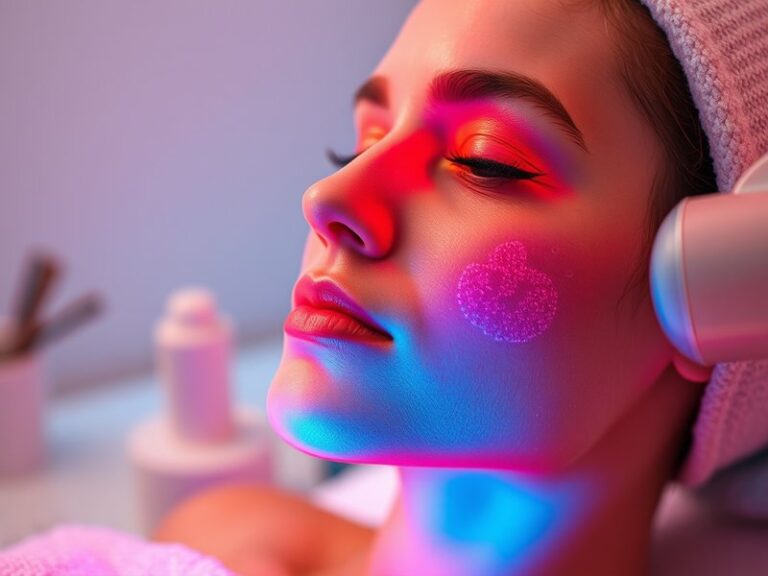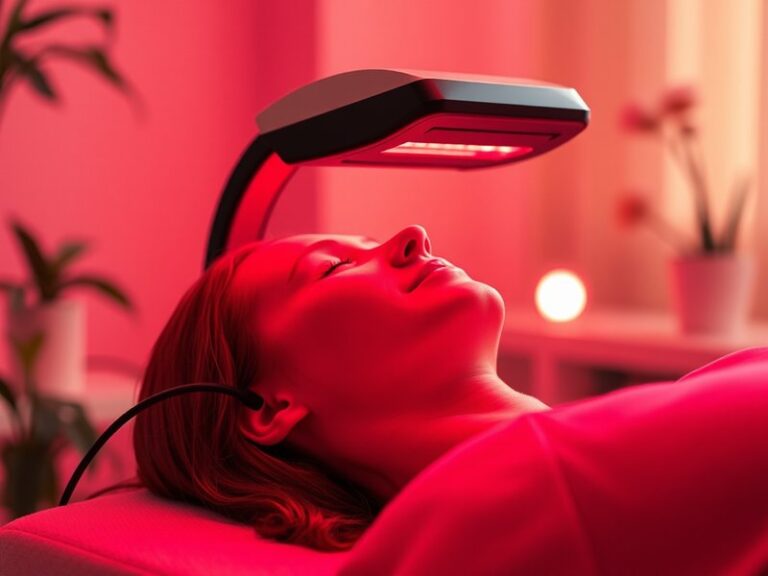How Often Do You Do Red Light Therapy?
How Often Do You Do Red Light Therapy?
Have you ever wondered about the frequency of red light therapy treatments for optimal results?
In this article, we will explore how often you should engage in red light therapy sessions based on various factors such as skin type, specific health goals, and treatment areas. We will cover the benefits of red light therapy, considerations to keep in mind, and alternatives to this treatment. By the end, you’ll have a clearer understanding of how to effectively integrate red light therapy into your wellness routine.
Key Takeaways
- The frequency of red light therapy can vary based on individual goals and conditions.
- Regular sessions may provide cumulative benefits, improving skin health and reducing inflammation.
- Consultation with a healthcare professional is recommended for personalized treatment plans.
What is Red Light Therapy?
Red light therapy (RLT) is a non-invasive treatment that uses low-level wavelengths of red light to stimulate cellular function. This therapy is commonly employed in dermatology and sports medicine, with applications ranging from skin rejuvenation to pain relief. RLT works by penetrating the skin to enhance mitochondrial function, promoting energy production in cells, which can accelerate healing and improve overall skin appearance.
Red light therapy devices can be found in various forms, including handheld units, full-body panels, and masks. Health practitioners often recommend this therapy for its versatility and effectiveness in treating various conditions.
What are the Benefits of Red Light Therapy?
Red light therapy offers a myriad of benefits that appeal to both beauty enthusiasts and medical patients alike. This section will detail some of the key advantages associated with its use.
Skin Rejuvenation
One of the most popular benefits of RLT is its ability to rejuvenate the skin. Studies have shown that regular exposure to red light can boost collagen production, thereby reducing fine lines, wrinkles, and other signs of aging. Many users report a noticeable improvement in skin texture and tone after consistent treatments.
Pain Relief
RLT has gained traction among individuals seeking pain relief, particularly for conditions like arthritis and sports injuries. The therapy can help reduce inflammation and stimulate circulation in affected areas, leading to a significant decrease in pain over time.
Wound Healing
The therapeutic effects of red light extend to accelerating wound healing. Research suggests that RLT can promote the healing of wounds, cuts, and even surgical scars by enhancing tissue repair and reducing inflammation, which contributes to quicker recovery.
Additional Benefits
- Mood enhancement through increased serotonin production.
- Hair growth stimulation for individuals experiencing hair loss.
- Improved joint health and mobility for those with chronic pain conditions.
Is it Possible to Do Red Light Therapy Daily?
While red light therapy can be performed daily, the effectiveness and suitability of this routine depend on individual health circumstances and goals. Many practitioners recommend starting with 3-5 sessions per week to assess how your body responds before potentially increasing the frequency.
What are the Advantages of Daily Sessions?
- Cumulative Effects: Daily treatments can lead to faster and more noticeable results, especially in skin rejuvenation and pain relief.
- Consistency of Treatment: Engaging in red light therapy regularly establishes a routine, making it easier to incorporate into your lifestyle.
- Enhanced Recovery: For athletes or individuals recovering from injuries, daily sessions might boost recovery rates and performance.
What are the Disadvantages of Daily Sessions?
- Potential Overuse: Overdoing red light therapy can irritate the skin or counteract its benefits, negating the desired effects.
- Cost and Time: Daily sessions may become costly and require time that not everyone can commit to, especially if using professional services.
- Individual Variance: Each person’s skin type and condition may respond differently; daily treatments may not be necessary for all.
What are the Things to Consider Before Starting Red Light Therapy?
Before embarking on any new therapy, particularly one involving light exposure, it’s crucial to consider various factors that may influence your treatment plan.
Skin Types and Sensitivities
Different skin types react differently to red light therapy. Those with sensitive skin or certain conditions should consult with a healthcare professional to determine the appropriate frequency and duration for their situation.
Treatment Goals
Clearly defining your treatment goals will assist in establishing the correct frequency. Are you seeking to improve skin appearance, alleviate pain, or promote wound healing? Each objective may require a tailored approach.
Device Quality and Safety
The quality of the red light therapy device matters significantly. Ensure that you are using a reputable device that emits the appropriate wavelengths for your desired treatment outcomes. Using low-quality or ineffective units will not provide the desired benefits.
Add an Additional Consideration
- Consultation with a healthcare provider for personalized advice is always recommended before starting any new treatment regimen.
What are the Alternatives to Red Light Therapy?
If red light therapy does not fit your schedule, budget, or personal preferences, several alternatives can also promote skin health, pain relief, and overall wellness.
Blue Light Therapy
Primarily used for acne treatment, blue light therapy targets bacteria on the skin and can help reduce breakouts. It can serve as a complementary treatment to red light therapy for individuals battling acne.
Cold Laser Therapy
This non-invasive treatment utilizes different wavelengths of light to promote healing in deeper tissues. Cold laser therapy is often used for pain management and injury recovery, offering an alternative for those not interested in red light therapy.
Photodynamic Therapy
Used primarily in medical settings, this therapy combines a photosensitizing agent with light therapy to treat certain skin cancers and severe acne. It is more intensive but effective in specific clinical scenarios.
Additional Alternatives
- Chemical Peels: Improve skin texture and address pigmentation.
- Microdermabrasion: Exfoliates and revitalizes the skin through mechanical means.
- Ultrasound Therapy: Promotes collagen production and skin tightening through ultrasonic waves.
Conclusion: Is it Recommended to Do Red Light Therapy Daily?
In conclusion, the frequency of red light therapy sessions should be guided by individual needs, skin types, and specific health goals. While many may benefit from daily sessions, starting with a schedule of several times a week might be optimal for most individuals. Consulting with a healthcare professional can help tailor your treatment plan effectively. Ultimately, the integration of red light therapy into your wellness routine can yield impressive results when approached thoughtfully.
Frequently Asked Questions
How long should each red light therapy session last?
Most sessions typically last between 10 to 30 minutes, depending on the device’s specifications and the treatment area. It’s essential to follow the manufacturer’s guidelines for optimal results.
What skin conditions can red light therapy treat?
Red light therapy is effective for a range of skin conditions, including acne, eczema, psoriasis, and signs of aging like wrinkles and fine lines.
Can I use red light therapy with other treatments?
Yes, red light therapy can often be combined with other treatments, such as chemical peels or laser therapies. However, it’s wise to consult a professional to ensure safe combination practices.
Find out in Is LED Red Light Therapy?
Are there any side effects of using red light therapy?
Red light therapy is generally safe, but some individuals may experience mild side effects such as temporary redness or sensitivity. It’s best to start with lower exposure times to assess your skin’s reaction.
How quickly can I see results from red light therapy?
Results can vary based on individual goals; however, many people start to see improvements in skin tone and texture within a few weeks of regular use. For pain relief, some may notice benefits after just a few sessions.
For an in-depth look, see Can Any Red Light Be Used for Therapy?
